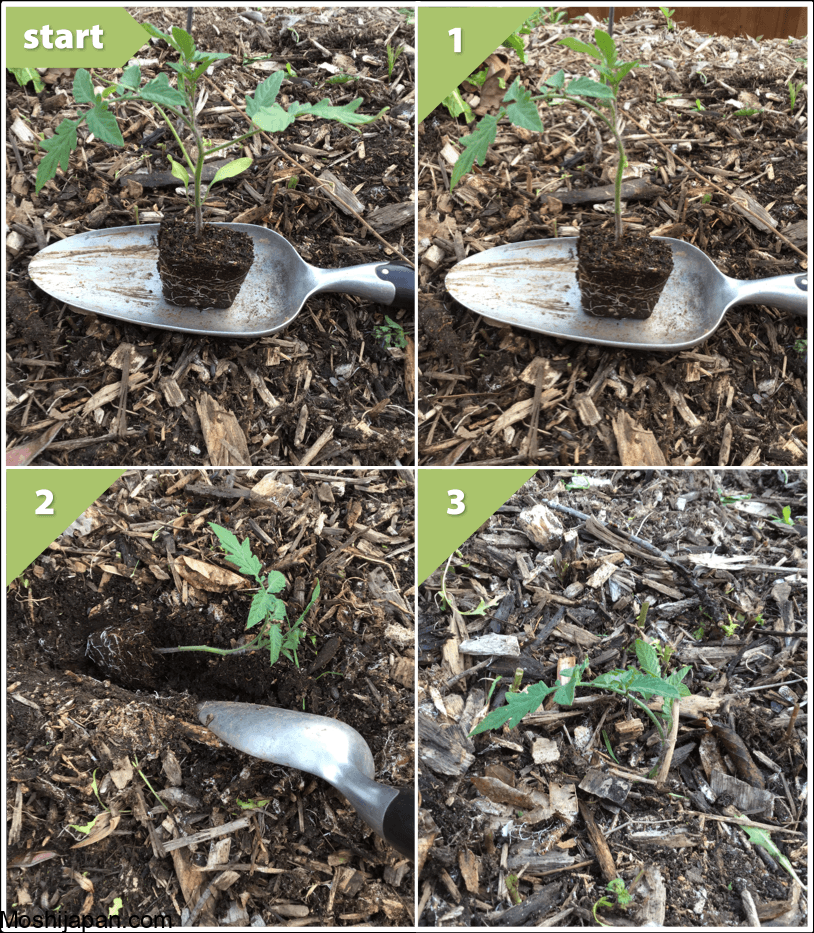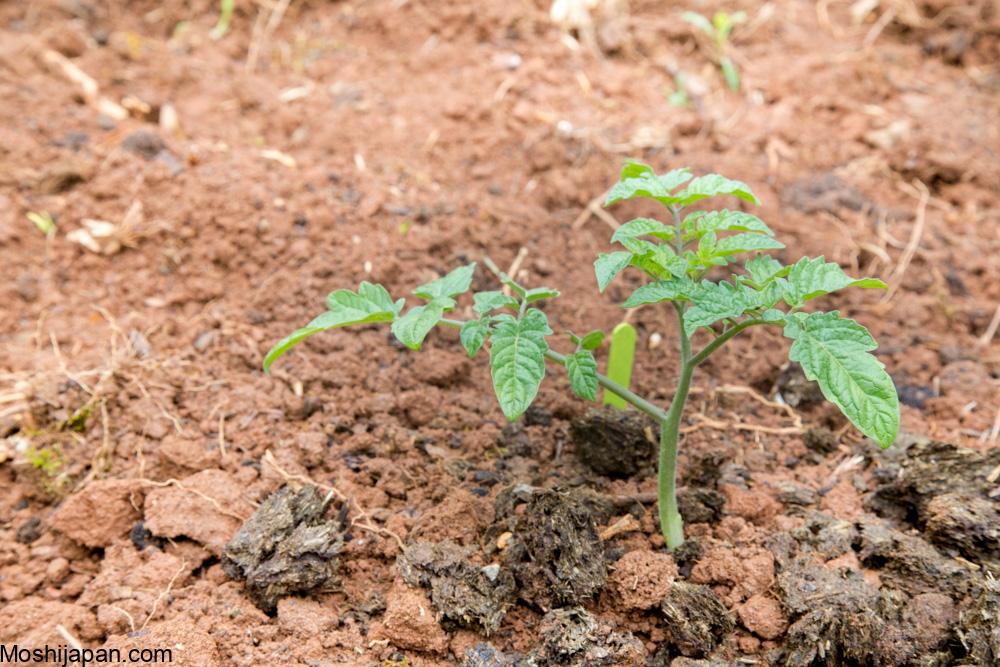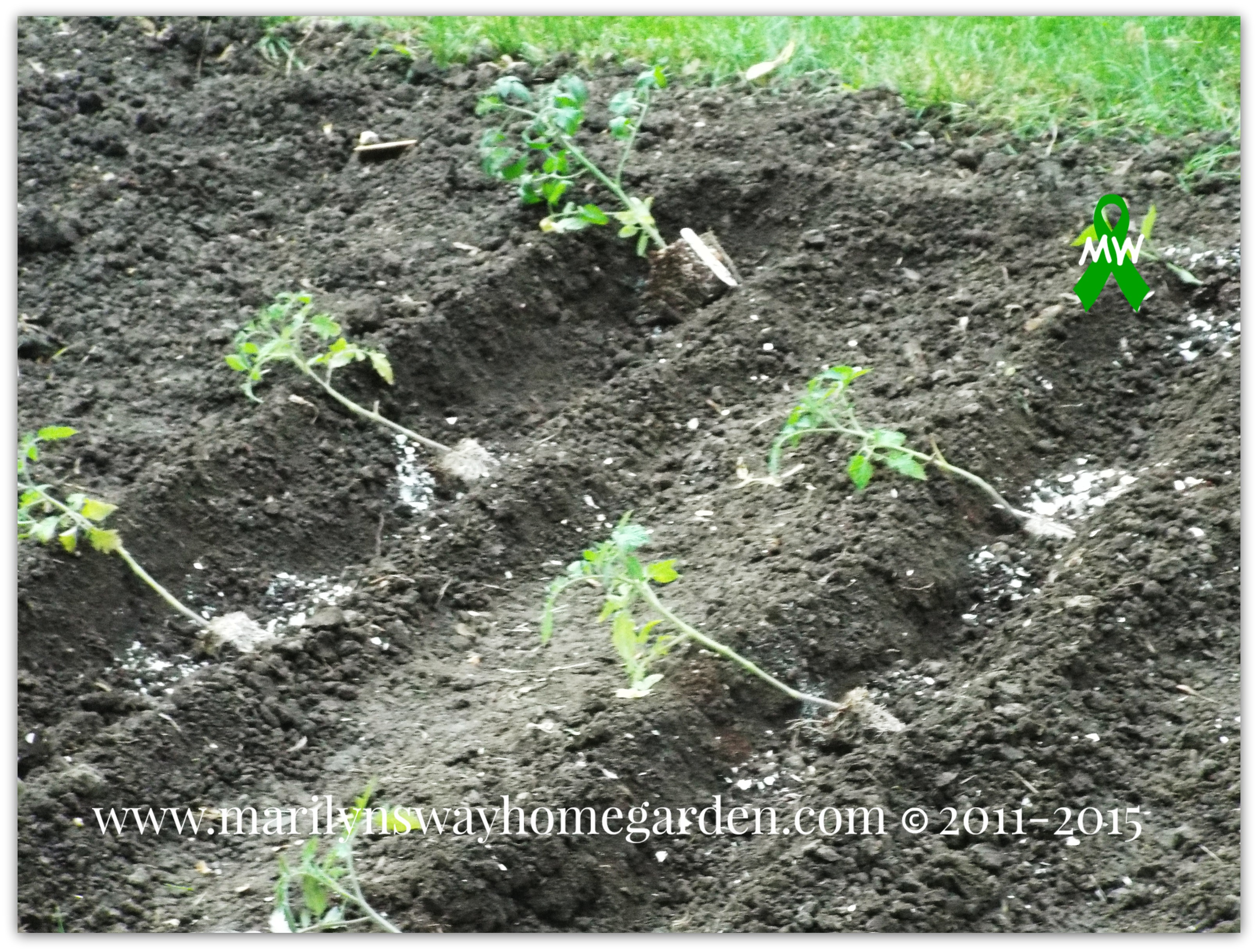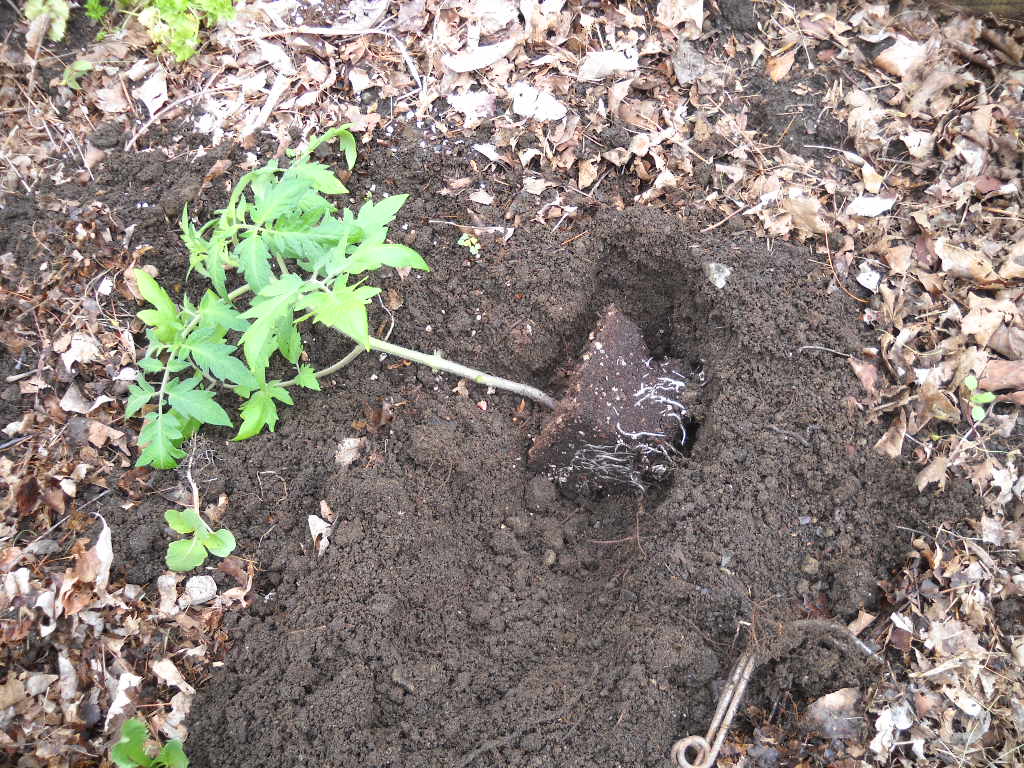Planting Tomatoes Sideways: How Growing in a Trench Results in Bigger Healthier Plants
In the realm of tomato cultivation, there exists a method that has been gaining traction for its remarkable results: Planting Tomatoes Sideways. This ingenious approach involves creating a trench rather than the traditional method of digging individual holes for each plant. The benefits are substantial, leading to larger and healthier tomato plants. In this comprehensive guide, we will delve into the intricacies of this technique, highlighting its advantages and providing step-by-step instructions for implementation.
The Science Behind Sideways Planting

To comprehend why planting tomatoes sideways is so effective, it’s crucial to understand the physiology of the tomato plant. Tomatoes have the unique ability to develop roots along their stems when they come into contact with soil. By positioning the plant horizontally in a trench, you encourage these roots to spread and establish a robust foundation. This translates to a larger root system, which in turn supports more vigorous growth and ultimately results in healthier plants.
Selecting the Ideal Location

Choosing the right spot for your trench is paramount. Opt for an area that receives a minimum of six hours of sunlight daily. Well-draining soil is essential to prevent waterlogged roots, ensuring optimal growth. Prepare the site by clearing away debris and weeds, providing your tomatoes with a clean slate for their new home.
Creating the Trench

Now comes the pivotal step: creating the trench itself. Dig a trench approximately 6 to 8 inches deep. The length of the trench will depend on the number of plants you intend to grow, but ensure there’s ample space between each one for lateral expansion. Loosen the soil at the bottom of the trench to facilitate root penetration.
Planting with Precision

Gently lay the tomato plant in the trench, ensuring that only the top leaves are above ground. This may seem unconventional, but rest assured, it’s a crucial aspect of the sideways planting technique. As you cover the stem with soil, leave a portion of the top exposed. This will prevent rot and allow the plant to continue growing upwards.
Mulching for Moisture Retention

Applying a layer of mulch around the base of the plants serves multiple purposes. It regulates soil temperature, conserves moisture, and deters weed growth. Organic materials like straw or shredded leaves work exceptionally well for this purpose.
Watering Wisely
Proper watering is fundamental to the success of your tomato plants. After planting, give them a thorough soak to settle the soil around the roots. Going forward, aim for consistent, deep watering rather than frequent shallow sessions. This encourages the roots to delve deeper in search of moisture, resulting in sturdier, more resilient plants.
Supporting Growth
As your tomatoes flourish, they may require additional support to bear the weight of their bountiful fruit. Consider using stakes or cages to provide structural reinforcement. This prevents branches from bending or breaking under the load, ensuring your plants thrive to their fullest potential.
Harvesting the Fruits of Your Labor
With the sideways planting technique, you can expect a bountiful harvest of plump, juicy tomatoes. Keep an eye on the fruit for signs of ripeness, and gently twist them from the vine when ready. Remember, fully ripe tomatoes boast the most flavor and nutritional value.
FAQ for Title- Is sideways planting suitable for all tomato varieties?
- While this method can be applied to most tomato varieties, determinate varieties (which have a defined growth period) may not benefit as significantly.
- How deep should the trench be for optimal results?
- A depth of 6 to 8 inches provides an ideal environment for the roots to establish themselves.
- Can I apply this technique to other vegetable plants?
- While sideways planting is specifically tailored for tomatoes, similar principles can be applied to certain vining plants.
- What is the best time of day to water tomato plants?
- Watering in the early morning allows the plants to absorb moisture before the heat of the day, reducing the risk of fungal diseases.
- Do I need to prune the plants when using the sideways planting method?
- While it’s not strictly necessary, some light pruning of lower leaves can improve airflow and discourage pests.
- While this method can be applied to most tomato varieties, determinate varieties (which have a defined growth period) may not benefit as significantly.
- A depth of 6 to 8 inches provides an ideal environment for the roots to establish themselves.
- While sideways planting is specifically tailored for tomatoes, similar principles can be applied to certain vining plants.
- Watering in the early morning allows the plants to absorb moisture before the heat of the day, reducing the risk of fungal diseases.
- While it’s not strictly necessary, some light pruning of lower leaves can improve airflow and discourage pests.
tag
- chicken feed
- how to Keep Chickens Off Your Porch
- How to grow oyster mushrooms at home
- Growing Kale in Pots



0 Comments